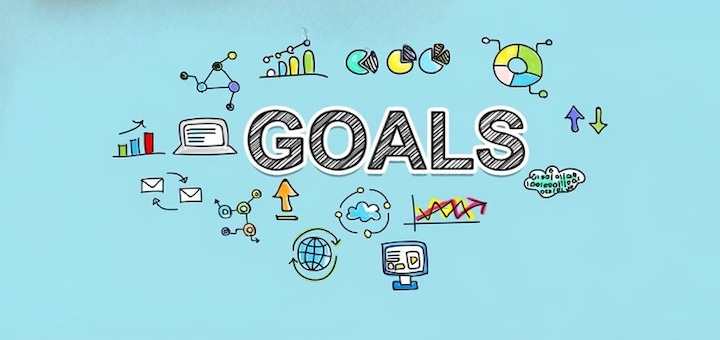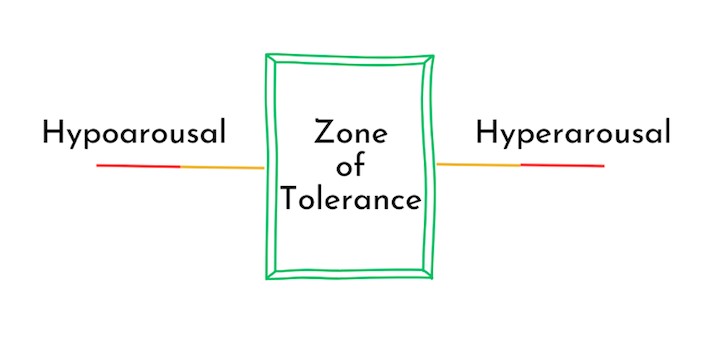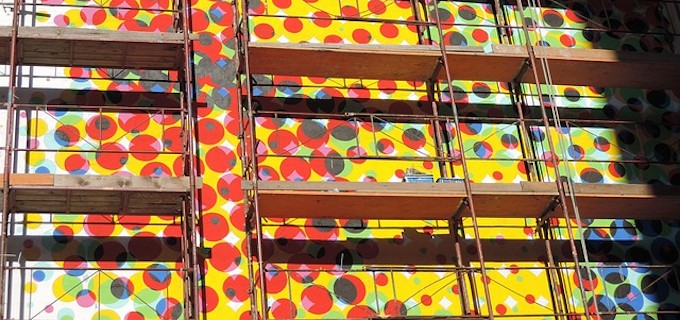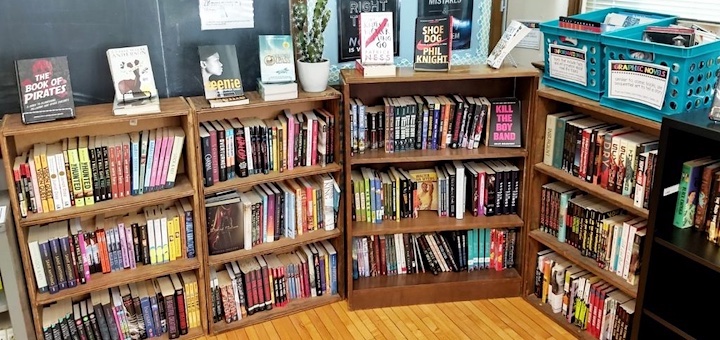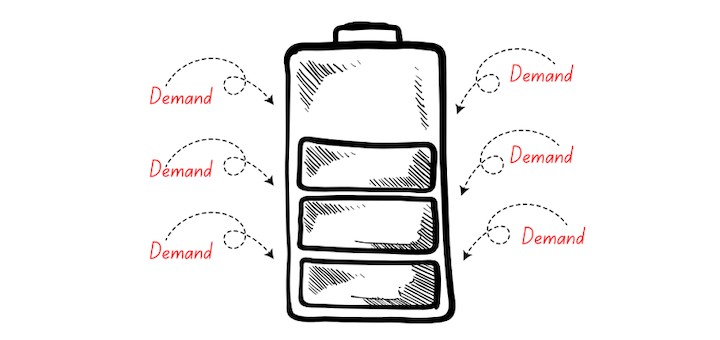Teaching and learning in grades 4-8
Setting goals across all subject areas is an important practice that helps students at every grade level excel academically and nurtures essential life skills. Incorporating mindfulness into this process strengthens student focus and resilience, writes Kathleen Palmieri.
When teacher Jay Wamsted tweeted about why and how teachers should leave school on time and not work at home or on weekends, he lit up social media as teachers took sides for and against his proposition. In Dina Strasser’s interview, Wamsted explains and expands on his thinking.
Instead of focusing only on teachers who need to improve, the authors of Invest in Your Best recommend that school leaders recognize the achievements of the school’s best teachers and tap into their expertise. A perspective-shifting read, says department chair Stephanie Choate.
When you operate within your zone of tolerance, you are better able to manage the complex interplay of student needs, teaching demands, and life beyond the classroom. By staying in and expanding your zone, you can grow stronger and keep making an impact, writes Julie Hasson.
Students will rise to the level of high expectations, but they may need support and scaffolding to achieve the goal. Teaching coach Barbara Blackburn explains the essentials of effective scaffolding, its critical relationship to rigor, and how both can be achieved in your classroom.
In his collection of six real-world math projects, Mark Hess provides supporting materials and decreases prep time for otherwise complex undertakings, making the book a win for Gr. 4-5 students and teachers. Included: detailed images, student examples, handouts and teacher guides.
By introducing students to grammatical concepts using mentor texts, we can help our classes see those concepts as tools for meaningful and effective writing that they can use for the rest of their lives. Educator Sean Ruday shares his own process.
Effectively managing resilience has never been more important for educators. In the first of her five-part series, teacher educator Julie Schmidt Hasson shares what she has learned about the need to manage our educator batteries and sets the stage for a battery management plan.
When U.S. history teacher Lauren Brown realized how little her 7th graders knew about the 50 states, she resorted to memorization. “Knowing more about our country’s geography will help students as they go on to learn its history and politics.” Elementary teachers need to help.
African Americans faced severe repression when Carter G. Woodson established Negro History Week in 1926. In this updated MiddleWeb resource, we share links that trace the impact of African Americans in politics, arts and sciences, and report on the call to teach Black history throughout the school year.

